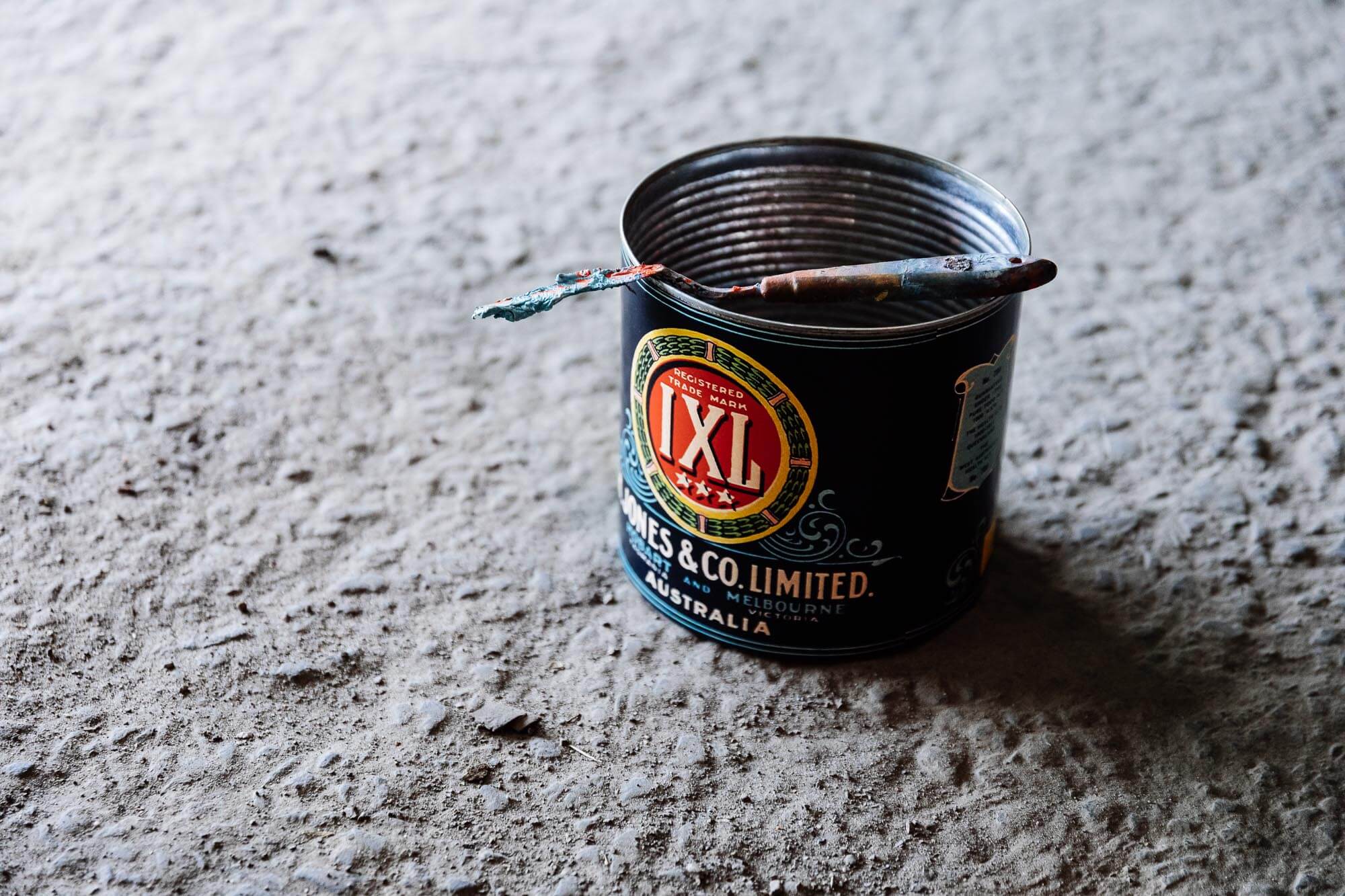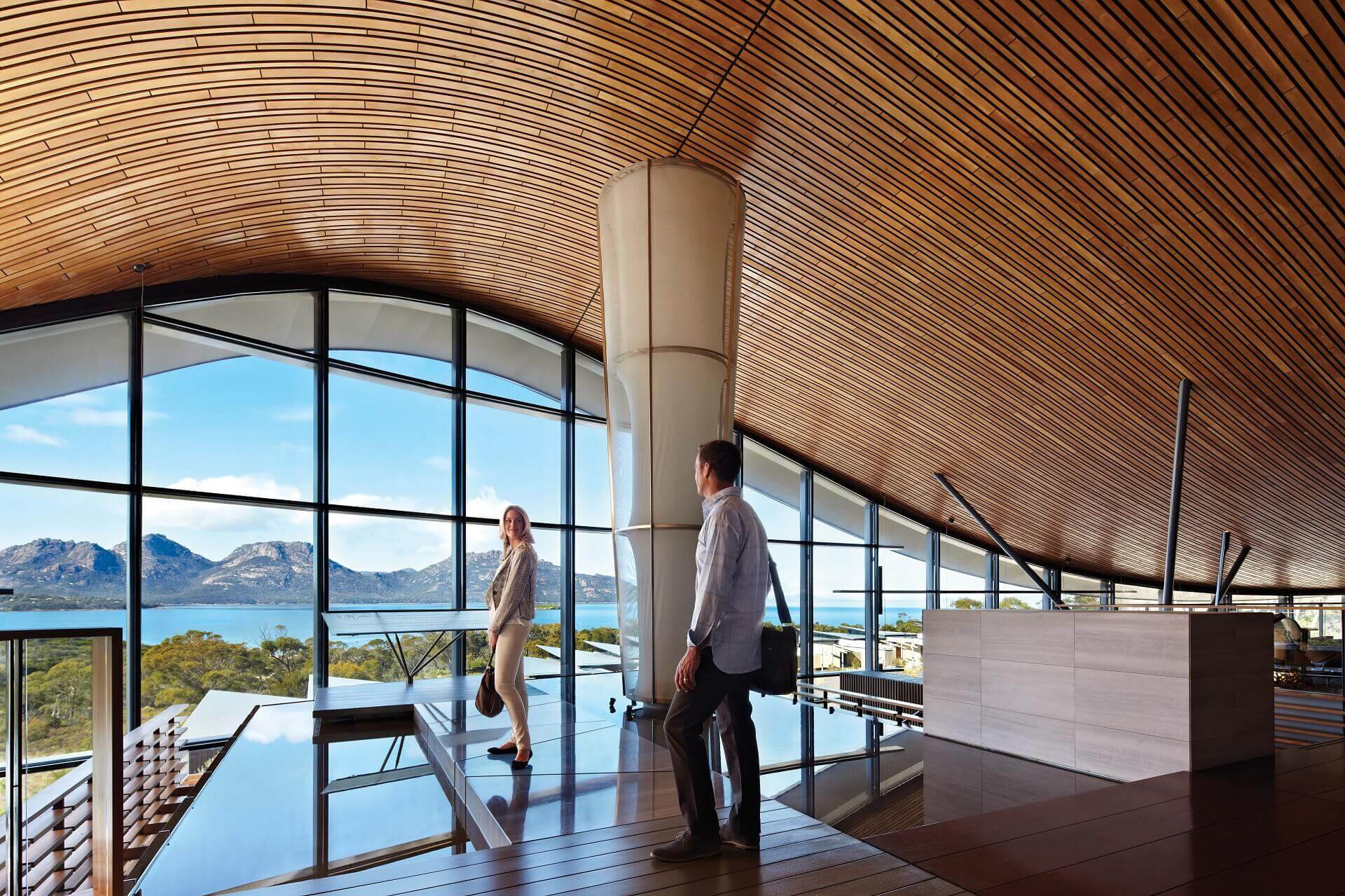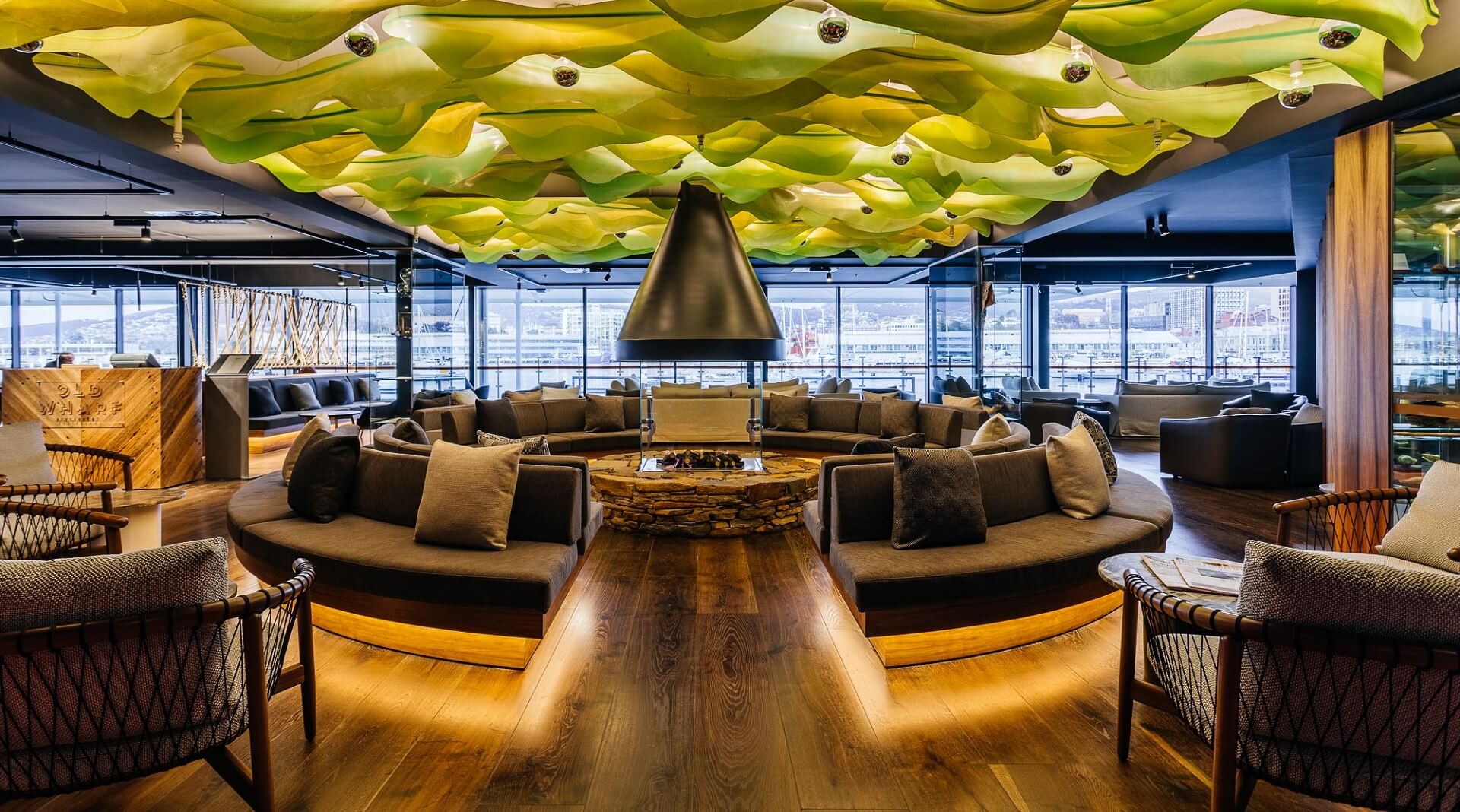OUR HISTORY
The country on which Hobart is situated was the traditional living, hunting and spiritual lands of the muwinina clan for at least 800 generations. The palawa community of lutruwita (Tasmania) retain a connection to this country that has sustained since time began.
The sun which warmed them, the water which nourished them, the land which sheltered them, is this land. Where they walked and continue walk, we now walk.
For centuries, explorers felt compelled to seek new wonders beyond the horizon. Abel Tasman is credited as the first European to encounter this rocky coastline in November 1642, naming it for his employer, Anthony van Diemen who was the Governor-General of the Dutch East Indies. Tasman’s explorations of the area were fleeting and his charts rudimentary, and despite visitations by French and Spanish navigators, it was a further 160 years until British circumnavigation confirmed Van Diemen’s Land to be an island.
In February 1804, Colonel David Collins arrived at Sullivan’s Cove with the ships Ocean and Lady Nelson conveying free settlers, military personnel and some of the first convicts to be transported to Van Diemen’s Land from the British Isles. Many of these men and women had been sentenced to hard labour for committing petty misdemeanours in their home country, but they became instrumental in creating a new settlement. A landing site at Hunter Island (upon which this hotel now stands) was chosen for its deep-water mooring, its proximity to a fresh water supply cascading from the looming Table Mountain (now kunanyi / Mt Wellington), as well as the fact that it was connected to the mainland of Hobart Town by a sandbar that emerged only at low tide, making it the ideal place to safeguard stores from pillage. Within a month, a building and small wharf had been constructed on Hunter Island.
Wool, wheat, and whaling were significant industries in the early days of the new settlement, and the emergence of trade and shipping saw several warehouses and factories established along the wharf. The need for a causeway linking Hunter Island to the shore became apparent as industry grew, and this work was completed in 1820. By 1827, five of the buildings that make up the hotel site were present on the wharf: a depot for immigrants, a storehouse, general store, a ship chandler, and a tavern. A decade later the Hunter Island wharf had increased to more than 20 commercial allotments.
George and Margaret Peacock moved their successful jam-making business to newly acquired Hunter Street warehouses where in 1874, at 12 years of age, Henry Jones presented himself for his first day of work, sticking labels to jam tins. Henry would rise through the ranks of the expanding Peacock empire to eventually take over the business that would one day expand globally and bear his name—H. Jones and Co. Pty. Ltd. IXL Jams.
By the 1990s, following more than a century of jam production, the Hunter Street warehouses had fallen into a state of disrepair. Under the guidance of a local consortium the buildings were revitalised, and in 2004, The Henry Jones Art Hotel opened its doors to guests and visitors.





